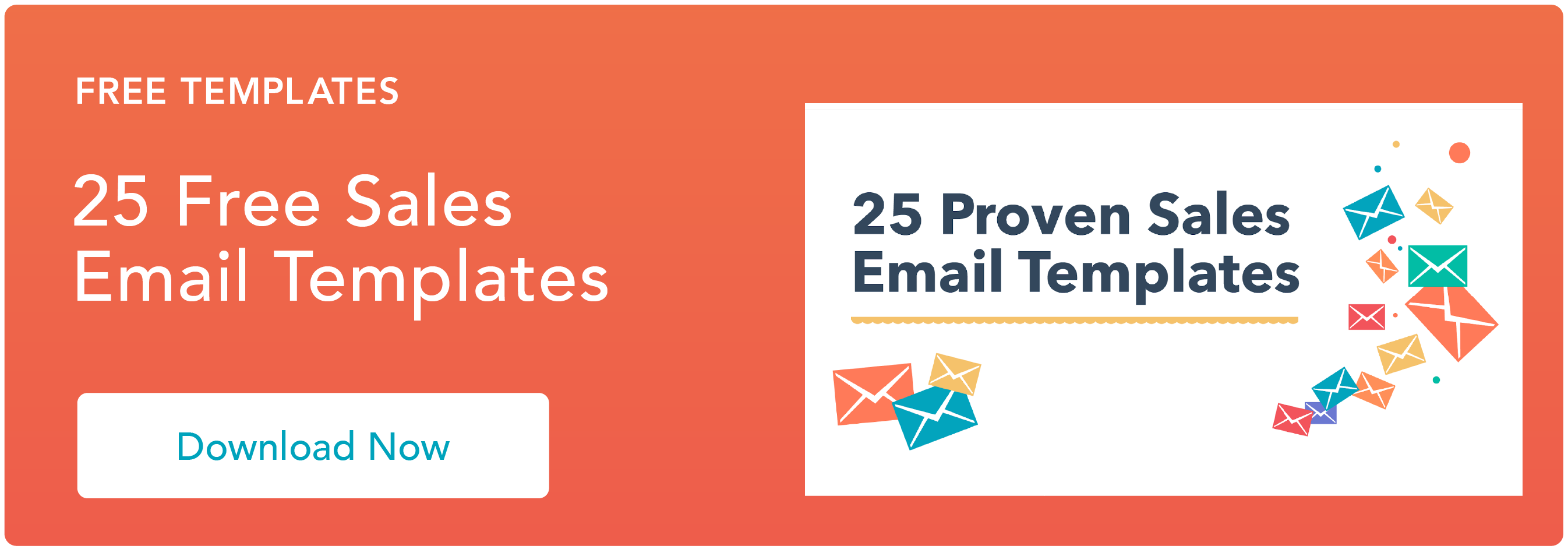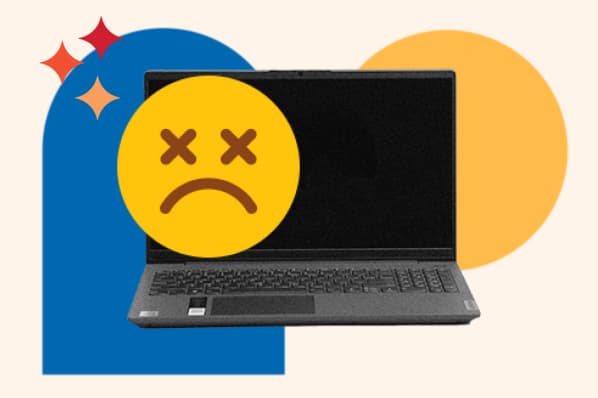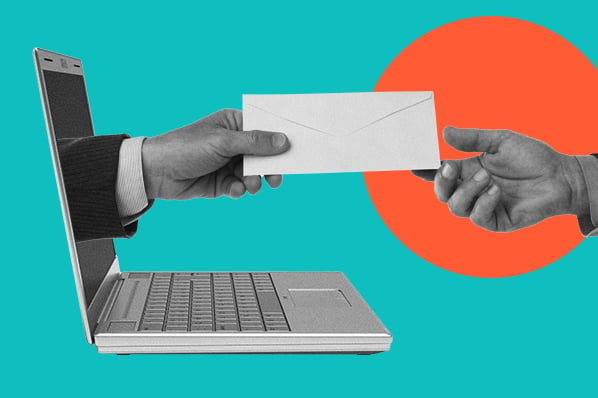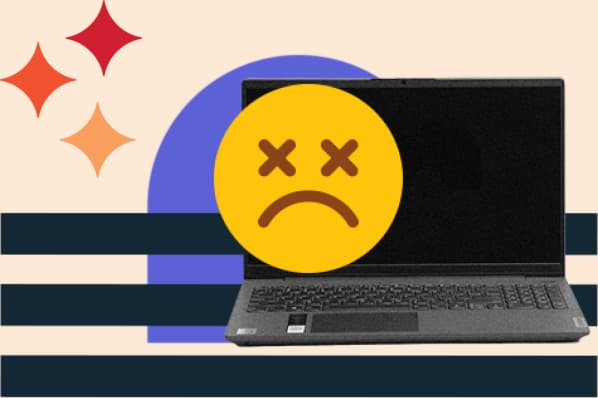The sheer volume of spam and phishing scams out there that have made email servers start to work carefully to keep unwanted and sketchy emails out of prospects' inboxes — and sometimes, your messages can get caught up in the fray.

Thankfully, there are best practices you can incorporate into your emails, so email servers know that you’re legitimate. This is called email authentication and it’s essential for your business. Here we'll take a look at the key authentication protocols you need to understand to ensure your emails make it to your prospects' inboxes.
What are SPF, DKIM, and DMARC
Techy people just love their acronyms, don’t they? For the rest of us, we’re left scratching our heads. There are three terms that you need to understand to master your emails — SPF, DKIM, and DMARC.
SPF or Sender Policy Framework
Nope, this has nothing to do with protecting you from the sun and everything to do with protecting you from spam. This is an authentication protocol that lists the IP addresses that can send emails on behalf of specific domains.
It basically says, "These are the email addresses you’ll see an email from for these websites… and only these email addresses."
DKIM or DomainKeys Identified Mail
DKIM uses cryptographic authentication (don’t worry, you don’t need to know what that is) to validate a domain’s identity. This means that it adds a digital signature to every email message that says, "This is who actually sent it, and nothing was changed or altered during transit."
DMARC or Domain-Based Message Authentication, Reporting & Conformance
The DMARC is an email authentication, policy, and reporting protocol. It not only prevents domain spoofing and phishing, it tells your email server what to do with emails when they arrive — so those sneaky little bugs don’t make it into your inbox. The domain owner will instruct the system to take one of three actions:
- None: No action will be taken and the message is delivered as normal.
- Quarantine: The message will be put into a spam/junk/quarantine folder.
- Reject: The message will be rejected or bounced.
If you’ve ever been caught up in a phishing scam, you can appreciate these safeguards that are put in place to protect your personal information.
Why Sales Teams Should Follow SPF, DKIM, and DMARC Protocols
Now that you know way more about email safety than you ever thought you would, why is it important? As a salesperson or sales manager, relationship building is everything. You’ve probably heard the statement, "People do business with people they know, like, and trust."`
Put your consumer hat on for a moment. Would you be eager to do business with a company that came across as "sketchy" in any circumstance? No! Of course not. You want to work with someone who appears to be above board in every possible manner and email correspondences are no different.
Following proper SPF, DKIM, and DMARC protocols will help you:
- Reach your prospects. You can craft the most impressive masterpiece of marketing ever to grace the digital landscape. But, if it gets swept off to the Junk Folder or Trash Bin, you’ve wasted your time and your money. Ensuring that it actually makes it to your intended recipient is the most important aspect of email marketing.
- Develop rapport with your prospects. We mentioned touchpoints earlier. You likely know how many times you need to show up in front of a prospect before they are willing to buy from you. While you may not even be conversing with these prospects, your name showing up in their inbox on a regular basis will help to build the rapport necessary to eventually make a sale.
- Gain prospects' trust. Just imagine that you’ve got a salesperson vying for your attention. Perhaps you’ve even spoken to them on the phone or face to face. Yet, when you go to clean out your junk mail at the end of the week, you see a handful of their emails sitting there. Your email server didn’t trust them enough to do business with them… so why should you?
- Protect your brand. The other side of the trust coin is that you never want a criminal to masquerade as you and put your customers or potential customers in jeopardy. Following these protocols not only helps you reach the people you want to reach, but it prevents your contacts from falling prey to phishing scams and protects your brand.
How to Follow SPF, DKIM, and DMARC Protocols
Now that you understand how important it is to adhere to these protocols for the good of your customers and your business, how does anyone without an advanced degree in technology, manage to protect themselves?
This is not a simple process, so ideally, you’ll have an IT Department and an email administrator who can assist you. If not, your email hosting service may be able to walk you through setting it up. First, you’ll want to determine if these protocols are already in place. Here’s how to tell if your domain is using SPF, DKIM, and DMARC:
Use an SPF, DKIM, DMARC tester like Mimecast’s DMARC Analyzer. After you run this SPF, DKIM, DMARC check, you’ll have a better idea if you need to move forward and set up DKIM Authentication protocols for your company.
If you use Hubspot as your CRM, you can use a DMARC policy so it follows these protocols automatically.
Protecting Your Digital Assets
No matter what product or service you sell, being a trustworthy source who protects both their existing and potential customers is essential to being successful. Setting up these protocols is a journey, so you’ll want to make sure that senior management is on board and willing to divert the funds and time necessary to complete this project.
![Download Now: 25 Sales Email Templates [Free Access]](https://no-cache.hubspot.com/cta/default/53/be67aa79-8dbe-4938-8256-fdf195247a9c.png)


![23 Sales Email Templates With 60% or Higher Open Rates [+ Bonus Templates]](https://blog.hubspot.com/hubfs/sales-email-templates-2.jpg)







![How & When to Use an AI Email Assistant [+Tools to Consider]](https://blog.hubspot.com/hubfs/ai-email-assistant%20%281%29.png)